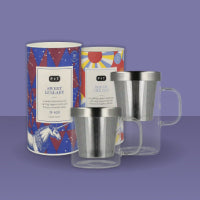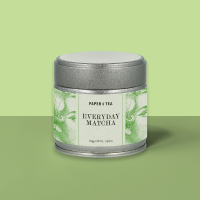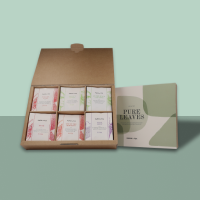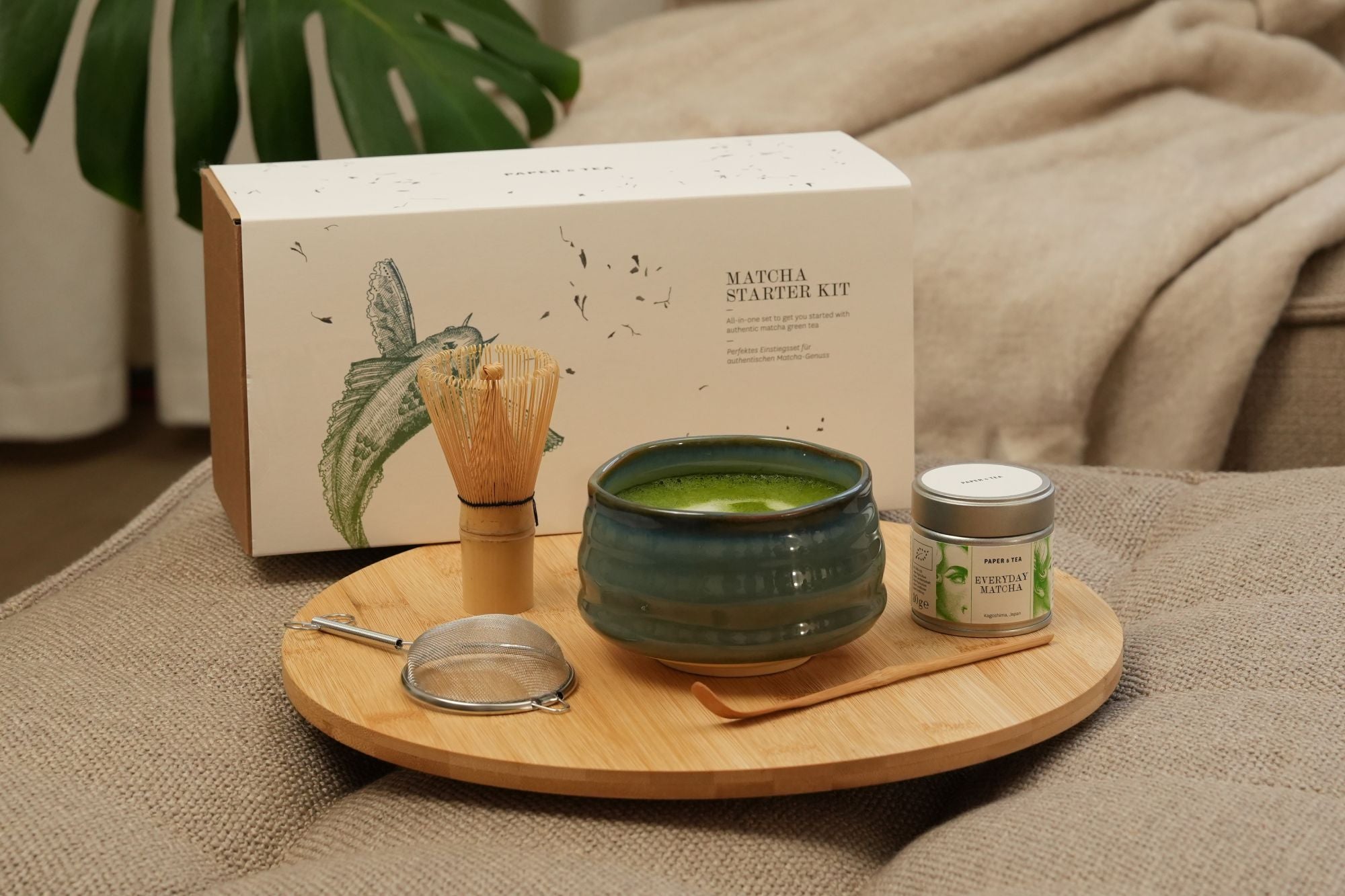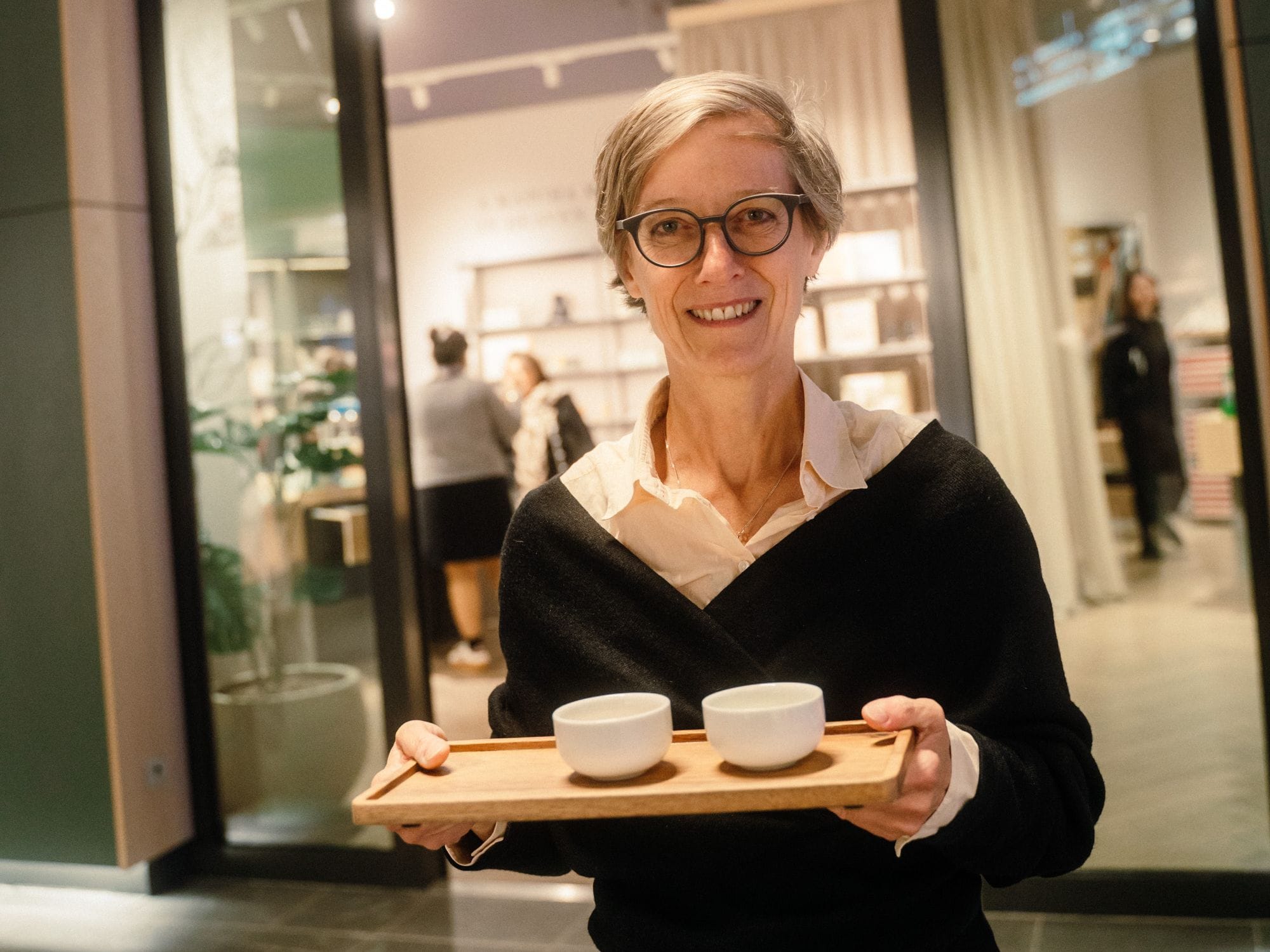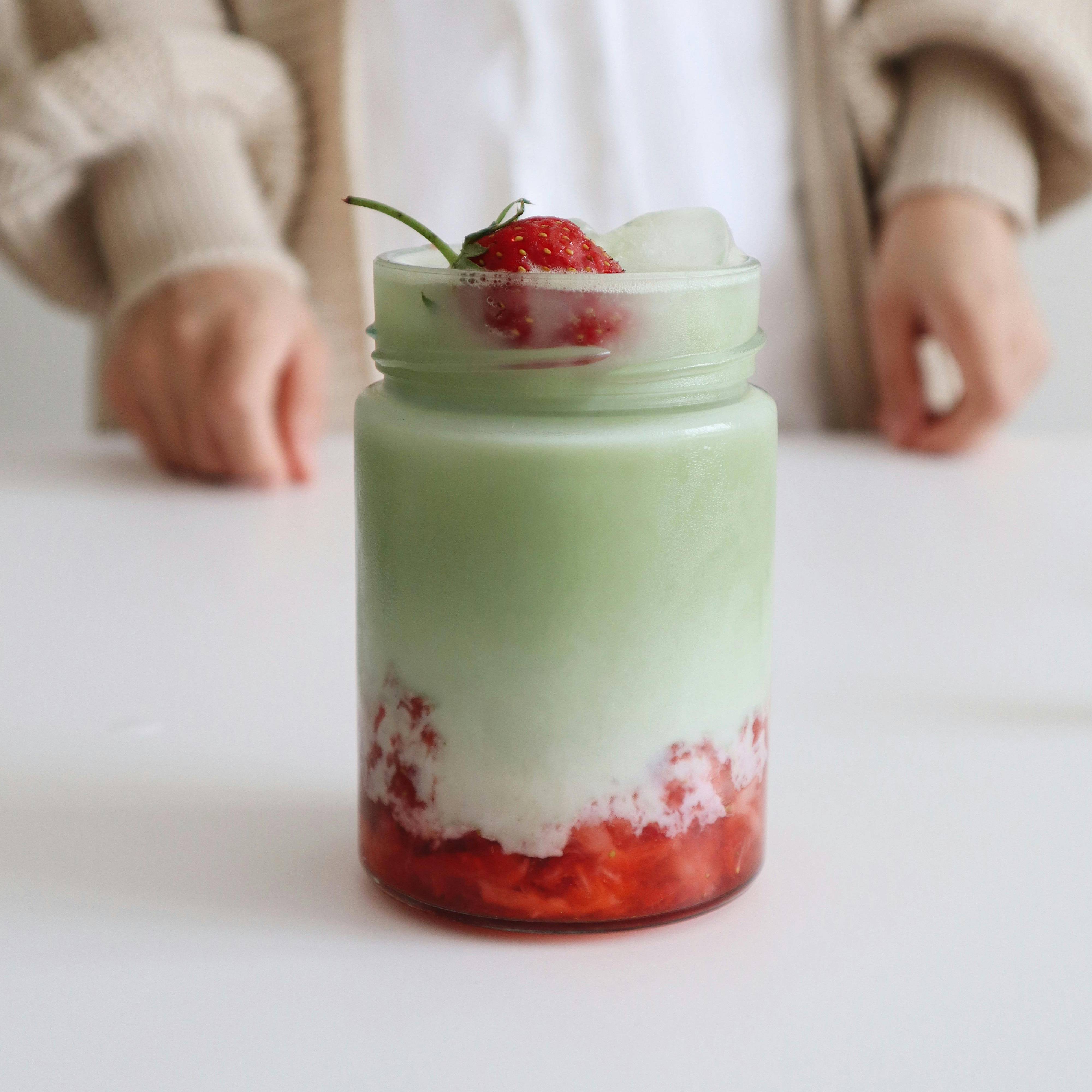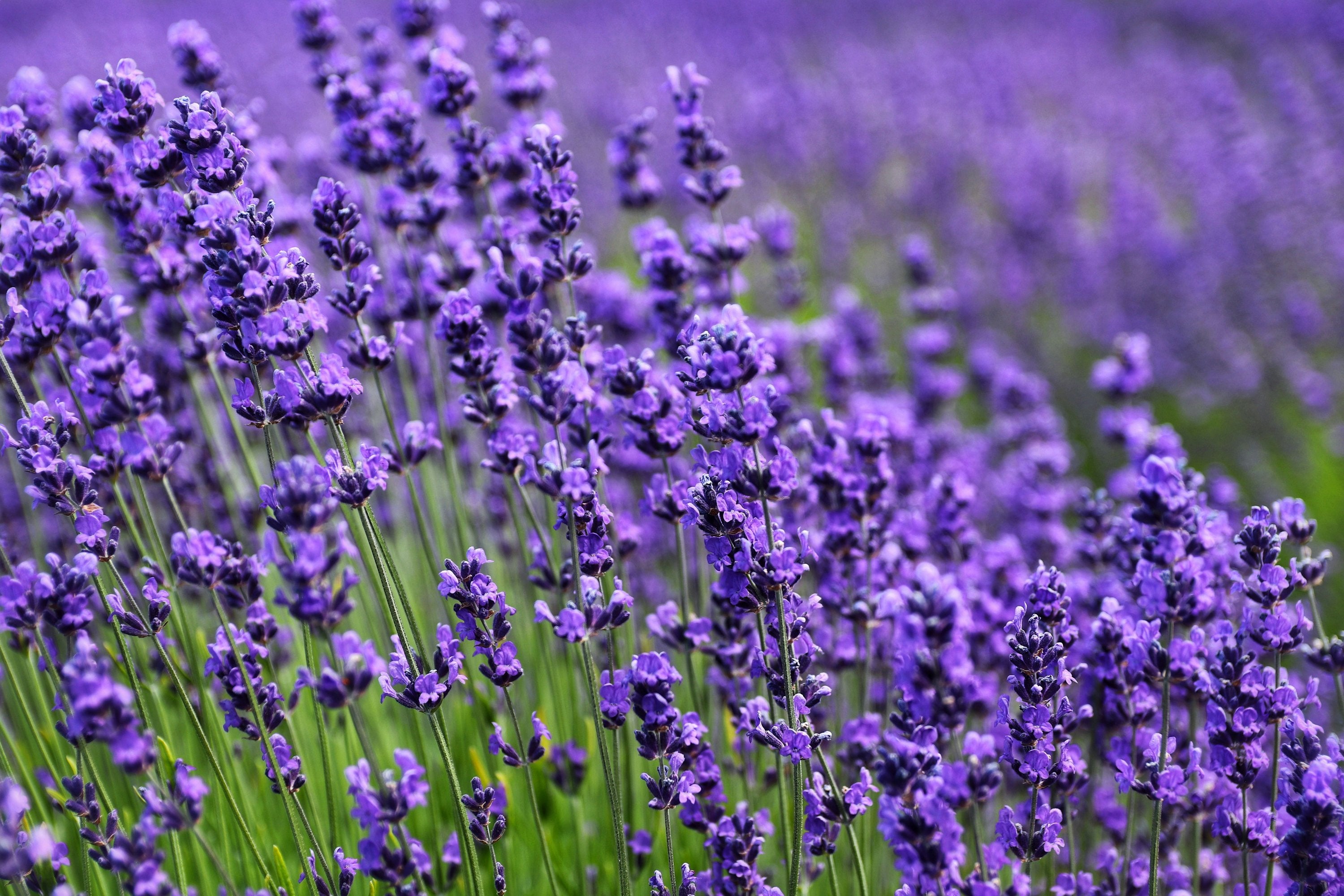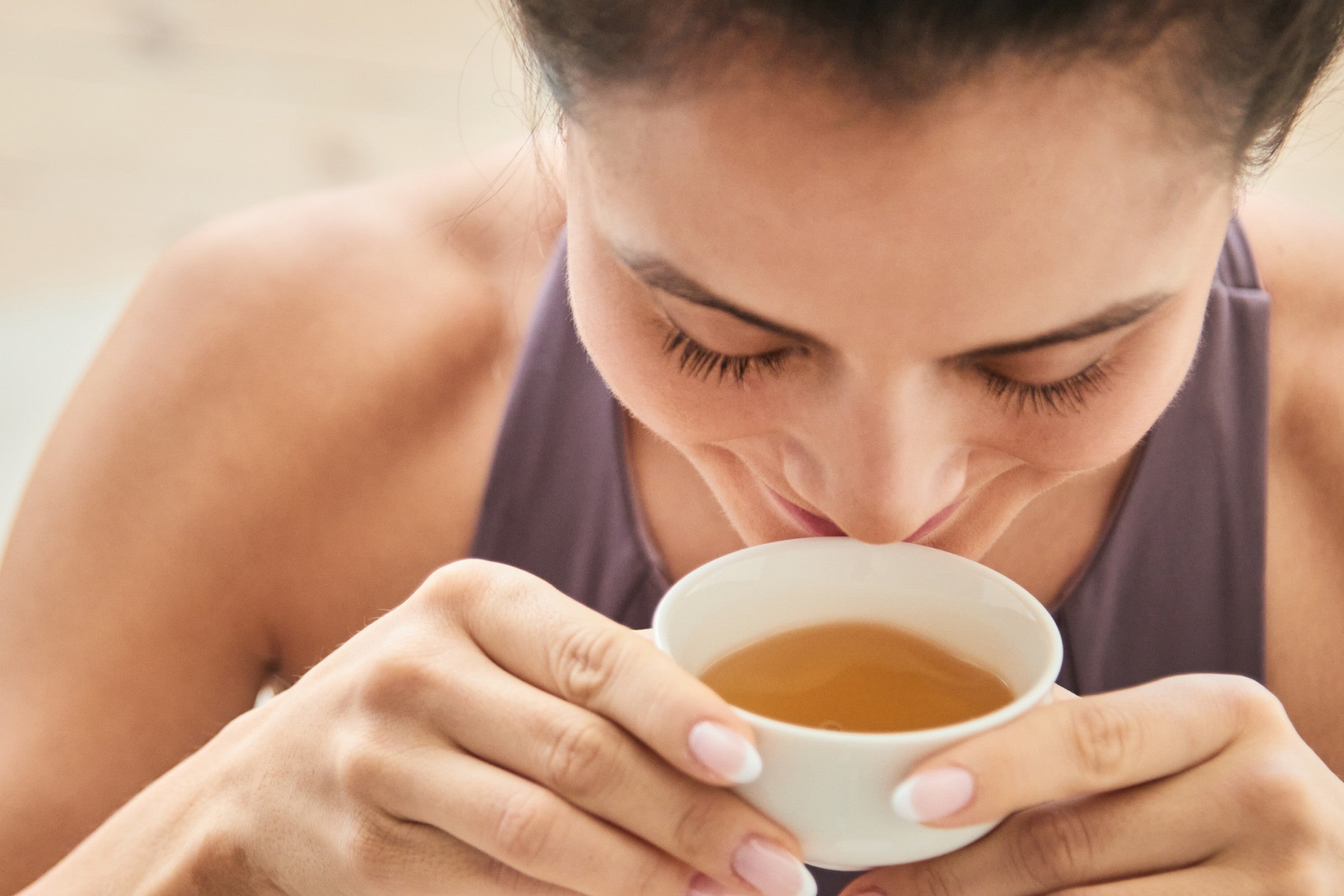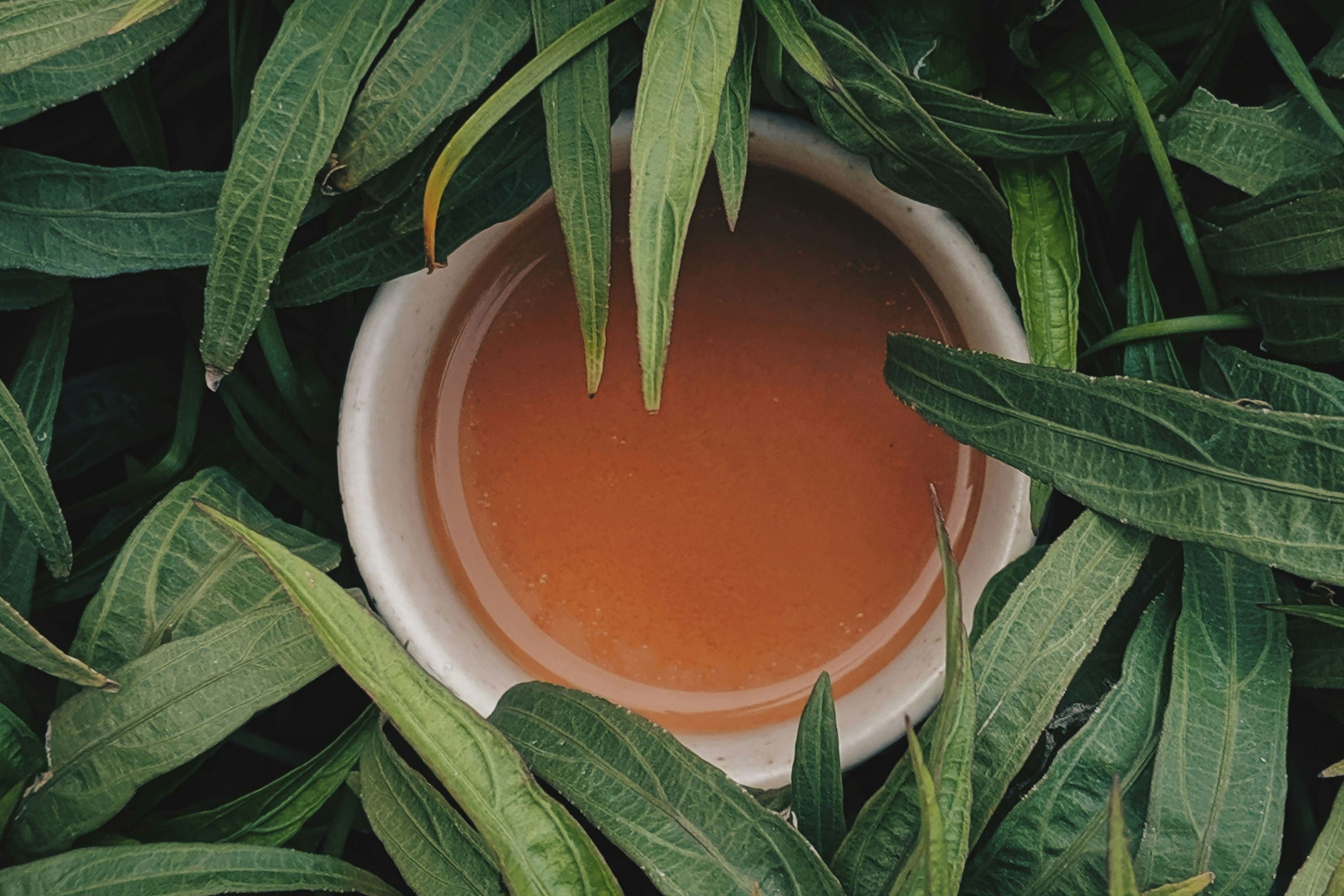What exactly is behind Ayurveda, and why do so many people worldwide swear by this holistic life philosophy? Ayurveda focuses on the interplay of nature, mindfulness, and inner balance. Carefully selected herbs and spices are used—often in the form of aromatic tea blends. We show you how tea is used in Ayurveda and how you can do something for your well-being with every cup.
Ayurveda: A Way of Life for Body and Mind
Ayurveda originates from India and translates to "the knowledge of life." This holistic philosophy goes beyond mere healing—it describes a lifestyle based on harmony, mindfulness, and natural balance. It centers around the five elements (earth, water, fire, air, and ether—the element of space) and the three so-called Doshas: Vata, Pitta, and Kapha. These describe fundamental principles in the body and illustrate how we function physically and mentally—how we feel, think, act, and process energy. Everyone carries all three Doshas, but in individually varying degrees.

The Three Doshas: Vata, Pitta, and Kapha
In Ayurveda, it is believed that each person possesses a unique combination of three life energies, known as Doshas:
- Vata (Air & Ether) – Represents movement, creativity, and lightness. People with a dominant Vata Dosha may tend towards restlessness and feeling cold. Warming teas and foods like stews, soups, or rice dishes and spices like cinnamon, ginger, or cardamom can help maintain balance.
- Pitta (Fire & Water) – Symbolizes energy, transformation, and dynamism. A pronounced Pitta Dosha can manifest as sensitivity to heat and irritability. Cooling teas with fennel or rose petals are ideal. Recommended foods include leafy greens, juicy fruits, and legumes.
- Kapha (Earth & Water) – Stands for stability, calmness, and constancy. A dominant Kapha can lead to lethargy and a feeling of heaviness. Spicy ingredients like ginger and pepper add lightness, and warm dishes with hot spices can counteract sluggishness.
The Role of Flavors and Spices
Ayurvedic teas are not only a taste experience but also a celebration of aromas. These spices play a special role as they are strategically used to balance the Doshas:
- Cinnamon: Warming and sweet, it supports inner balance and adds a pleasant depth to teas.
- Cardamom: Aromatic and slightly sweet—a classic Ayurveda ingredient.
- Turmeric: Known as the "golden spice"—perfect for warming teas and the famous Golden Milk.
- Ginger: Spicy and invigorating, brings warmth and energy to every cup of tea.
- Fennel: Mild and slightly sweet, an excellent addition to tea blends.
A well-known Ayurvedic specialty is Golden Milk – a mix of turmeric, ginger, cinnamon, and warm (plant-based) milk. Spicy Chai teas with cardamom and ginger are also integral to Ayurveda cuisine.

Tea in Ayurveda: A True Art
In Ayurveda philosophy, it's not just about choosing the right ingredients, but also about how tea is prepared and enjoyed. Preparation is considered a mindful ritual intended to sharpen the senses and promote relaxation.
The Perfect Beverage: In Harmony with Yourself
If you want to choose tea based on Ayurvedic philosophy, it depends on your personal Dosha and current needs. A few examples:
- Vata Tea: Warming and calming ingredients like cinnamon, licorice, and ginger.
- Pitta Tea: Cooling and balancing herbs like peppermint, fennel, and rose.
- Kapha Tea: Invigorating and stimulating spices like ginger, turmeric, and cardamom.
How to Prepare Your Ayurvedic Tea
Ayurvedic teas differ significantly from traditional black, green, or oolong teas as they are almost exclusively based on herbs, spices, and roots, not on the tea plant Camellia sinensis. This means most Ayurvedic tea blends are naturally caffeine-free. Rather than a stimulating effect from caffeine found in drinks like coffee or black tea, Ayurveda focuses on balance and harmony.
Here's a quick guide with the key points to consider when preparing tea:
- Boil water—ideally filtered or fresh spring water.
- Choose the right ingredients—depending on your Dosha or mood.
- Allow to steep slowly—for at least 5–10 minutes to fully develop the aromas.
- Enjoy mindfully—take your time for the tea moment.

The History of Tea in Ayurveda
Tea has a tradition of thousands of years in Ayurveda and is much more than a simple beverage—it is considered a means of harmonizing life energy, also known as "Prana", and plays a central role in the daily routine. Prana describes the vital life force that permeates everything and sustains us. It is the energy that affects both the physical body and the mind. According to Ayurvedic philosophy, the aim is to harmonize and balance this life energy to lead a healthy and fulfilling life.
As early as the ancient Ayurvedic texts (around the 2nd century BC), herbal and spice teas were described as natural aids to promote inner balance, support the digestive system, and calm the mind. The enjoyment of tea was and is more than just a culinary experience in Ayurveda—it is a form of meditation, a means of relaxation, and a symbol of hospitality, much like in Buddhism.
Even today, tea plays an important role in Ayurveda, especially as part of morning and evening rituals. Many people consciously enjoy a cup of Ayurvedic tea to start the day mindfully or to end it relaxed.
Relaxation and Balance: Ayurvedic Teas We Recommend
Whether for a mindful start to the day or as a soothing evening ritual—Ayurvedic teas invite you to consciously enjoy moments of relaxation. At PAPER & TEA, you'll find our harmonious yogi blends based on traditional recipes: Pure Prana combines fresh lemongrass, robust ginger, and mild licorice root, while Deep Asana unfolds with warming notes of cinnamon, cloves, and cardamom. If you want to be inspired by various aromas, the Kiss it better Set offers three carefully coordinated tea blends—perfect for indulgent breaks.

